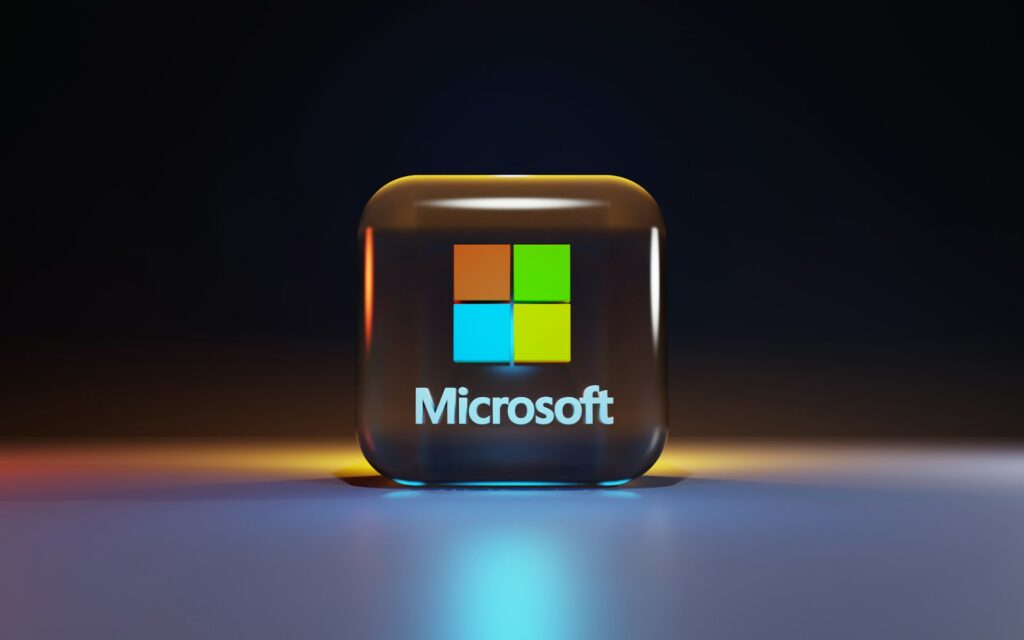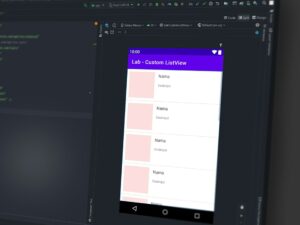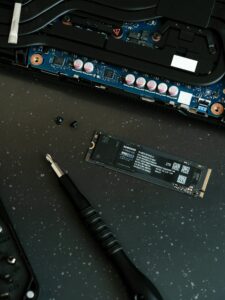The best productivity techniques for Windows PCs

The best productivity techniques for Windows PCs
Tip 1: The history of the clipboard
A history of the clipboard is already included in Windows. Simply press the Windows key and the V key together to locate it. In the event that you have not yet activated it, you may do so with only one click from that location.
Inside of it, you have the ability to copy several items and access both the text and pictures that you have recently copied. Additionally, if you discover that you are repeatedly copying the same things, you have the option to “pin” items to your clipboard history so that you may easily retrieve them in the future.
Additionally, the clipboard history tool may assist you in doing the following more complex tasks: It is possible, for instance, to copy and paste anything as plain text or to synchronize your clipboard across many computers using your Microsoft account.
Simply go to Settings > System > Clipboard in order to configure the history of the clipboard. It is compatible with both Windows 10 and Windows 11 operating systems.
Tip 2: Using the power user menu
The “power user menu” was introduced by Microsoft during the Windows 8 days, when the Start menu was removed from the application. Even in modern times, it continues to be valuable since it provides a fast access to a wide range of helpful system choices and administrative tools. From the power user menu, you have the ability to do a variety of tasks, like shutting down your personal computer, opening a window for Terminal, or launching File Explorer.
You may access it by hitting the Windows key and the X key on your keyboard, or by right-clicking the Start button on the taskbar. After that, you will be able to choose an item from the menu with only one more click.
Tip 3: Plain-text pasting
The process of copying and pasting text on a personal computer may be a nuisance. When you are looking for plain old text, you often find yourself duplicating formatting, which includes fonts, colors, links, and other unnecessary elements.
If you utilize the appropriate shortcut, you will be able to paste just plain text in almost many different applications. When you want to paste, you should use Ctrl+Shift+V rather than Ctrl+V. The vast majority of apps, including web browsers such as Google Chrome, are compatible with this. As of right moment, it is also compatible with Microsoft Word by default.”
Tip 4: Use a website as an application
It is recommended that you install online programs as applications if you use them regularly. This will allow you to give them their own distinct windows, shortcuts, and taskbar icons, which will make it easier for you to access them.
You may do this by going to the website that you wish to transform into a “app” in Google Chrome. For example, you could visit Gmail. After that, pick Save and Share > Create shortcut from the menu that appears when you click the menu icon on Chrome’s toolbar. Simply give it a name of your choosing, select the box that says “Open as window,” and voila!
To determine whether or not the website provides a Progressive Web App (PWA), you will see a button labeled “Install” inside the menu. Instead of that, you might use that.
Tip 5: Shortcuts for the Ctrl key
There is a considerable probability that you are already familiar with several fundamental keyboard shortcuts for text editing. To select text, for instance, you may simultaneously hold down the Shift key and use the left and right arrow keys. All of those keyboard shortcuts, however, only function with whole words and not with individual letters when you press the Ctrl key repeatedly.
To improve the functionality of other keyboard shortcuts when working with text in almost any program, including your web browser, email client, and Microsoft Word, the following is an explanation of how the Ctrl key works:
To backspace complete words to the left of the cursor at once, press and hold the Control key and then press and hold the Backspace key simultaneously.
To delete full text to the right of the cursor at once, press and hold the Ctrl key while simultaneously pressing the Delete key.
To move the pointer to the previous word or the next word, press and hold the Ctrl key and then the left or right arrow keys.
Selecting complete words at once may be accomplished by pressing Ctrl+Shift+Left arrow or Ctrl+Shift+Right arrow.
Tip 6: Windows being snapped
It is possible to swiftly organize many windows on your screen by using the Snap function, which is a very helpful resource. Besides clicking on a window title bar and dragging it to the left or right edge of your screen, you can also utilize keys like Windows+Left arrow and Windows+Right arrow to snap windows to one side of your screen or the other. This is in addition to the traditional method of dragging a window title bar.
You may access Snap Layouts on Windows 11 to have access to even more possibilities; to launch Snap Layouts, press the Windows key and the Z key simultaneously. (If you want to learn all the secrets you need to know about the Windows Snap function, here is my comprehensive tutorial to it.)




